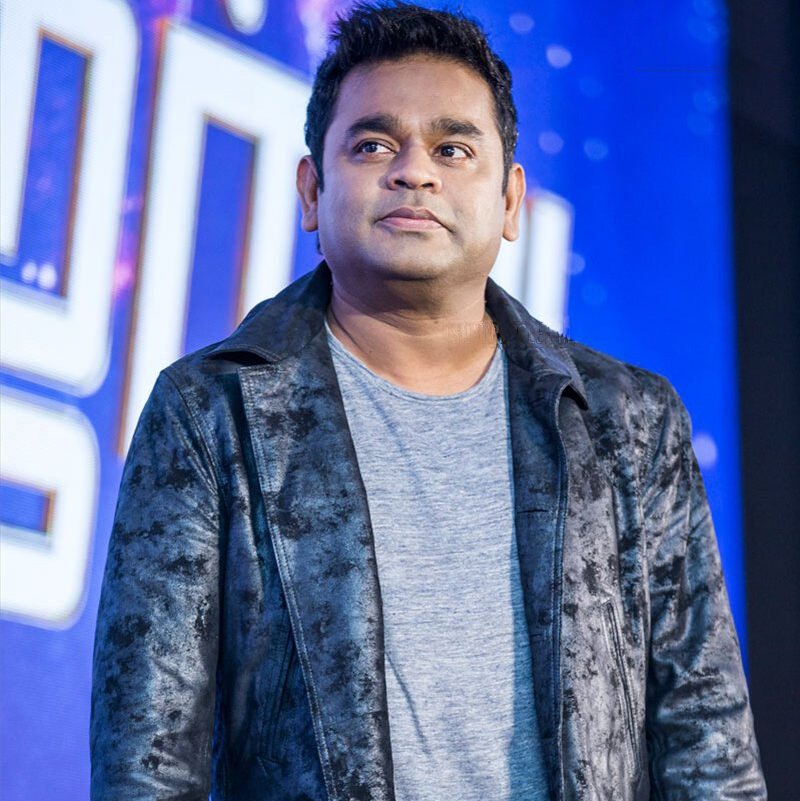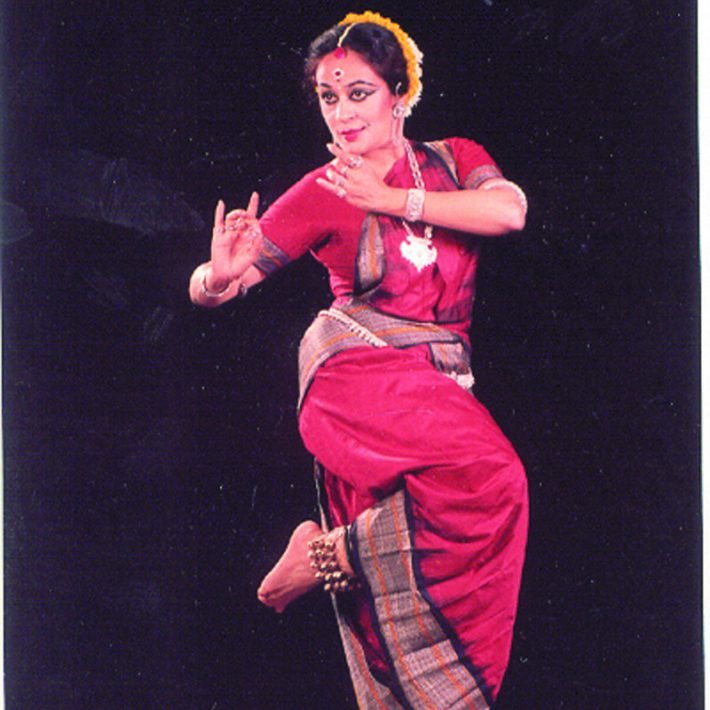A close and engaging look at the life and works of AR Rahman – the local music prodigy who made it as an international icon, and how his influence has changed Indian soundtrack music forever.
By Stuti Kute
It has been 32 years since the release of the Tamil film ‘Roja’, which also marked the debut of AR Rahman in the Indian music industry. Filmmaker Mani Ratnam met the then 26-year-old Rahman at an industry function and was immensely impressed by the youth. The young man just returned from studying Western Classical music at the Trinity College of Music, London, and he had already made his footing in the advertising industry with 300 plus jingles to his name. The chance meeting with the famous filmmaker set forth a series of fortunate events that have landed him where he is now – a once in a generation musical maestro acclaimed across cultures and countries.
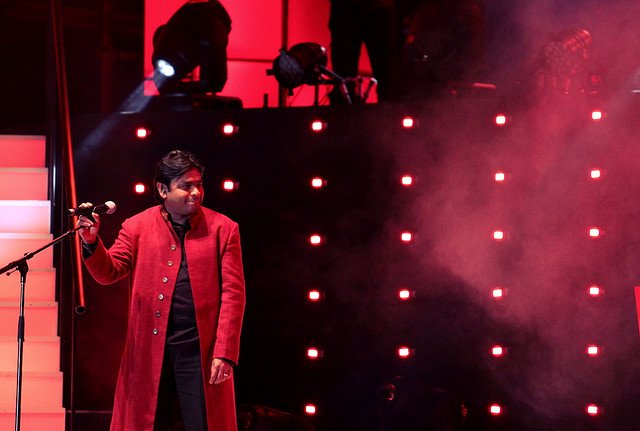
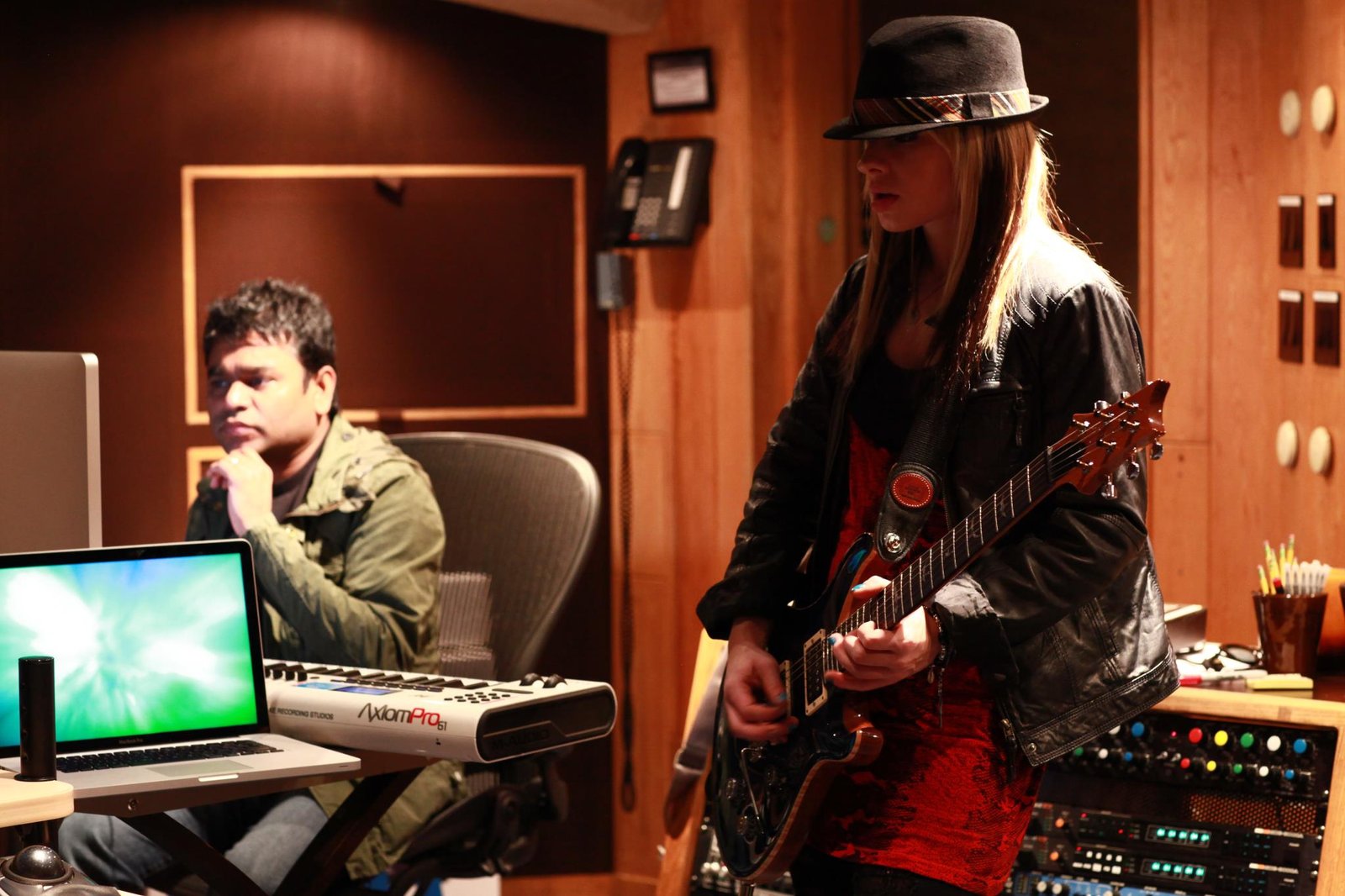
Born AS Dileep Kumar to parents RK Sekhar and Kareema Begum (born as Kashturi), his story is reminiscent of a Dickensian bildungsroman: Boy faces all odds to grow up to be the musical hero his composer father would’ve wanted him to be. Having started piano lessons at the age of four, young Rahman was more or less fated for his fame. He spent his early childhood accompanying his father to music studios where he fed his love and interest for electronics more than music. This budding interest coincided with the serendipitous event of his father buying a newly released electronic synthesizer and bam! To this seemingly insignificant event, we owe an entire shift of genre in Bollywood music. As a nine-year-old boy, Rahman lost his father. With added responsibility to care for his mother and sister, the young boy took to the musical road and started performing, and has not stopped.

A Debut To Remember
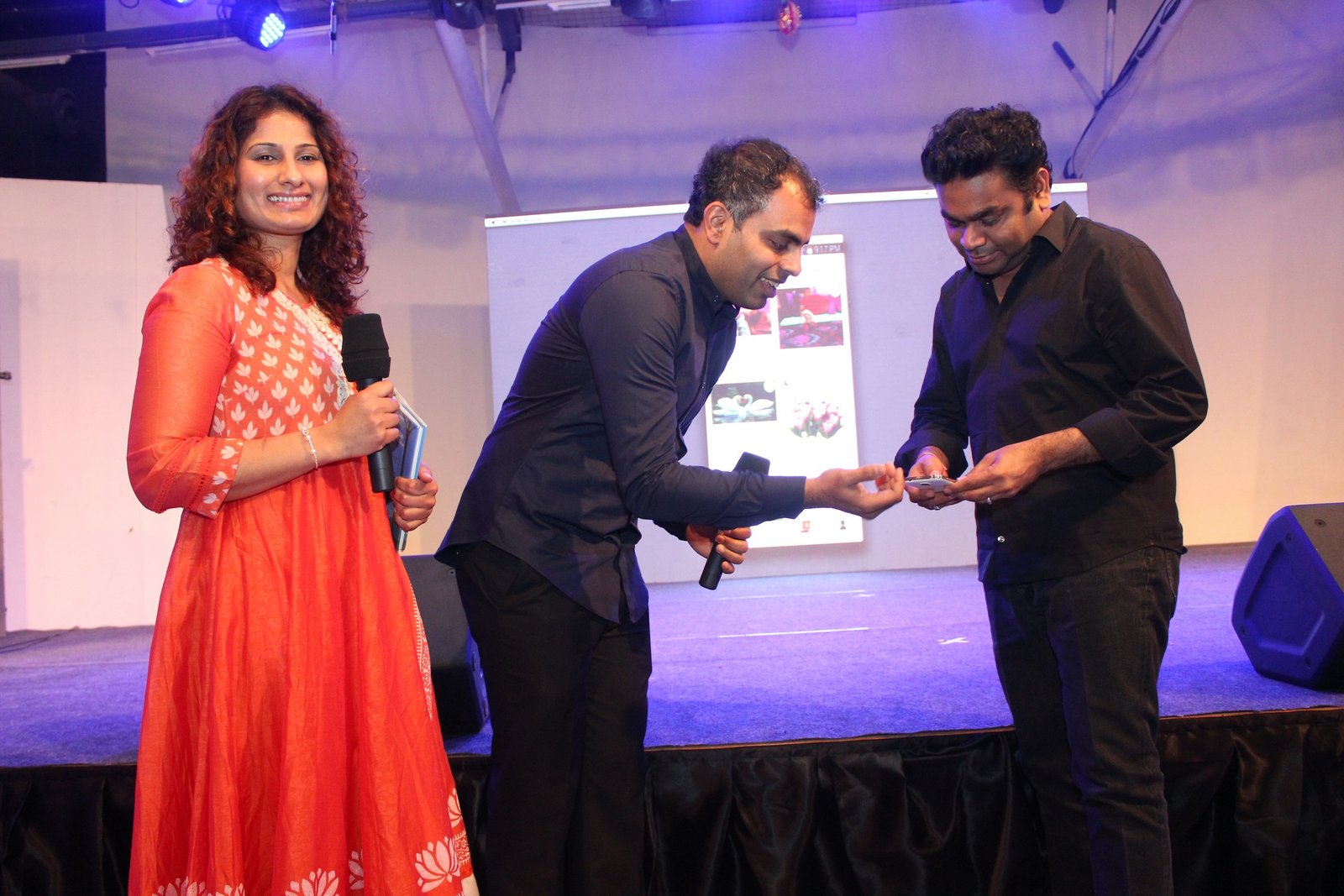
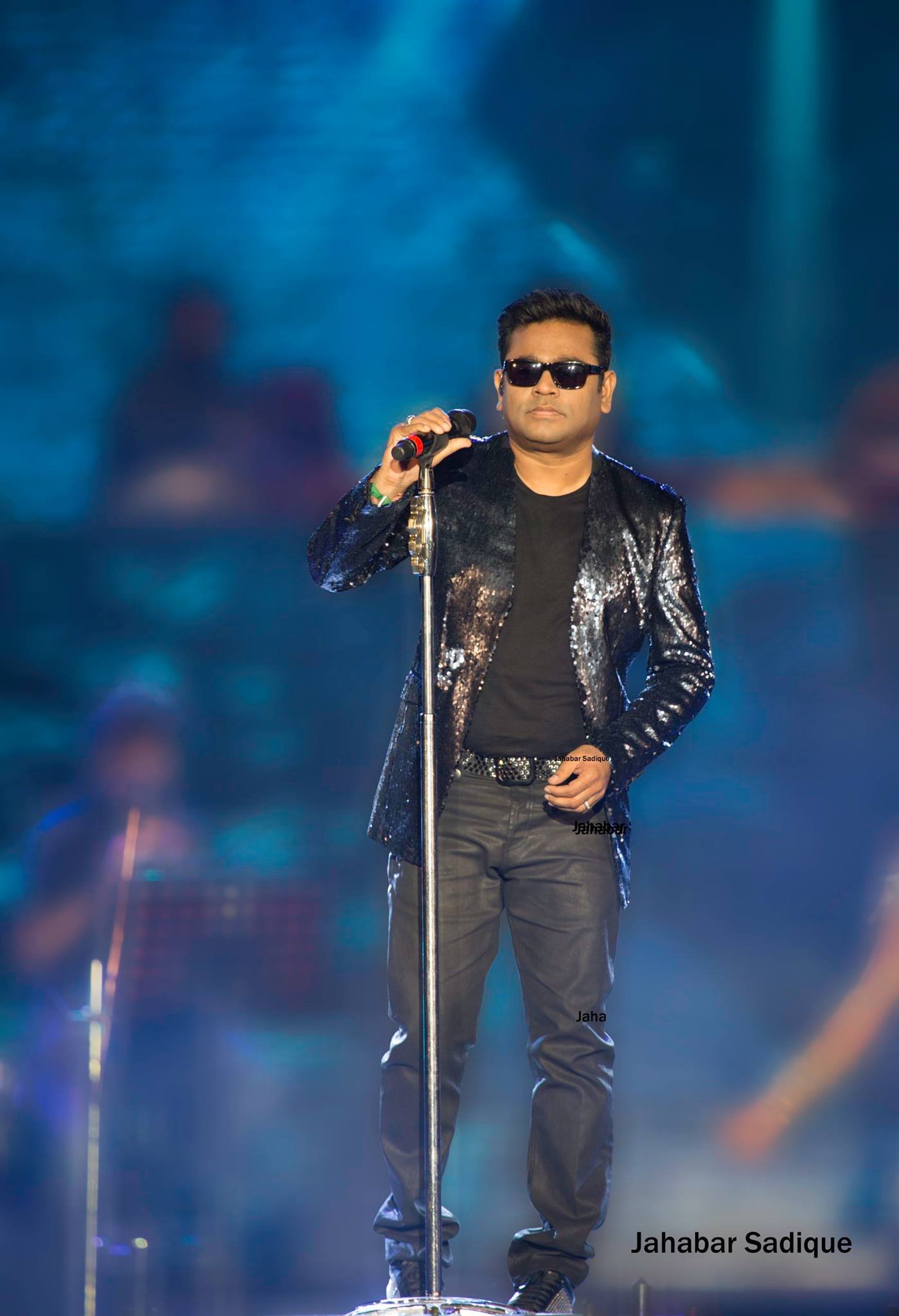
As listeners and musical aficionados today, when we look at Rahman’s vast oeuvre of work, his era of the late ‘90s and early 2000s strikes the mind (or ear) as significant in his journey. After the market hit ‘Roja’, which also bagged him the National Award for Best Music Direction in 1992, the industry clamoured to get their hands on this newly discovered genius who had blown all expectations out of the water with his debut. But to call his music as associated only with Bollywood pop as a genre would be inaccurate. The freshness about Rahman was that he was unafraid of experimentation even when he had just entered the industry. He brought elements from music around the world, from Western and Indian classical to Jamaican reggae and German techno. As his lucky stars would have it, the era for his experimentation was right – India was breaking out of the pre-liberalization fatigue and into the brand-new world of globalisation. An audience had come of age for him, hungry for the new: For jeans and jazz alike. This was the time of playback singers: The talented vocalists who gave voice to the beautiful and dashing lip-syncing actors on screen. Extravagant dance numbers often accompanied these, and the sets were decadent. It was also the time when the composer was also the lyricist, the sound engineer and the post-productionist. From his switch from the advertising industry, it was this that Rahman was coming home to and he was a quick study too – putting his musical talents to work with his childhood electronic wizardry.
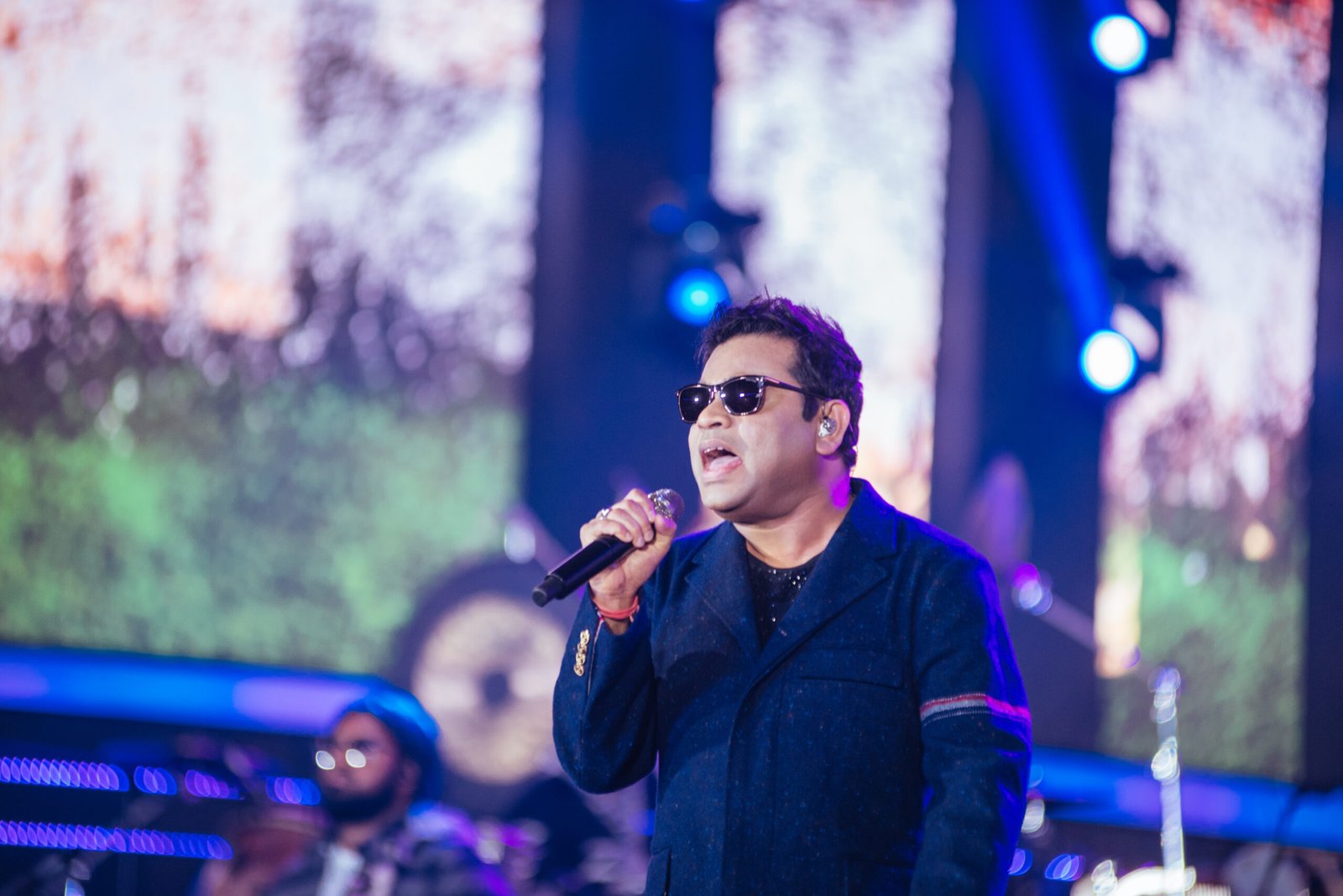
Call Of The Spirit & Academy Awards
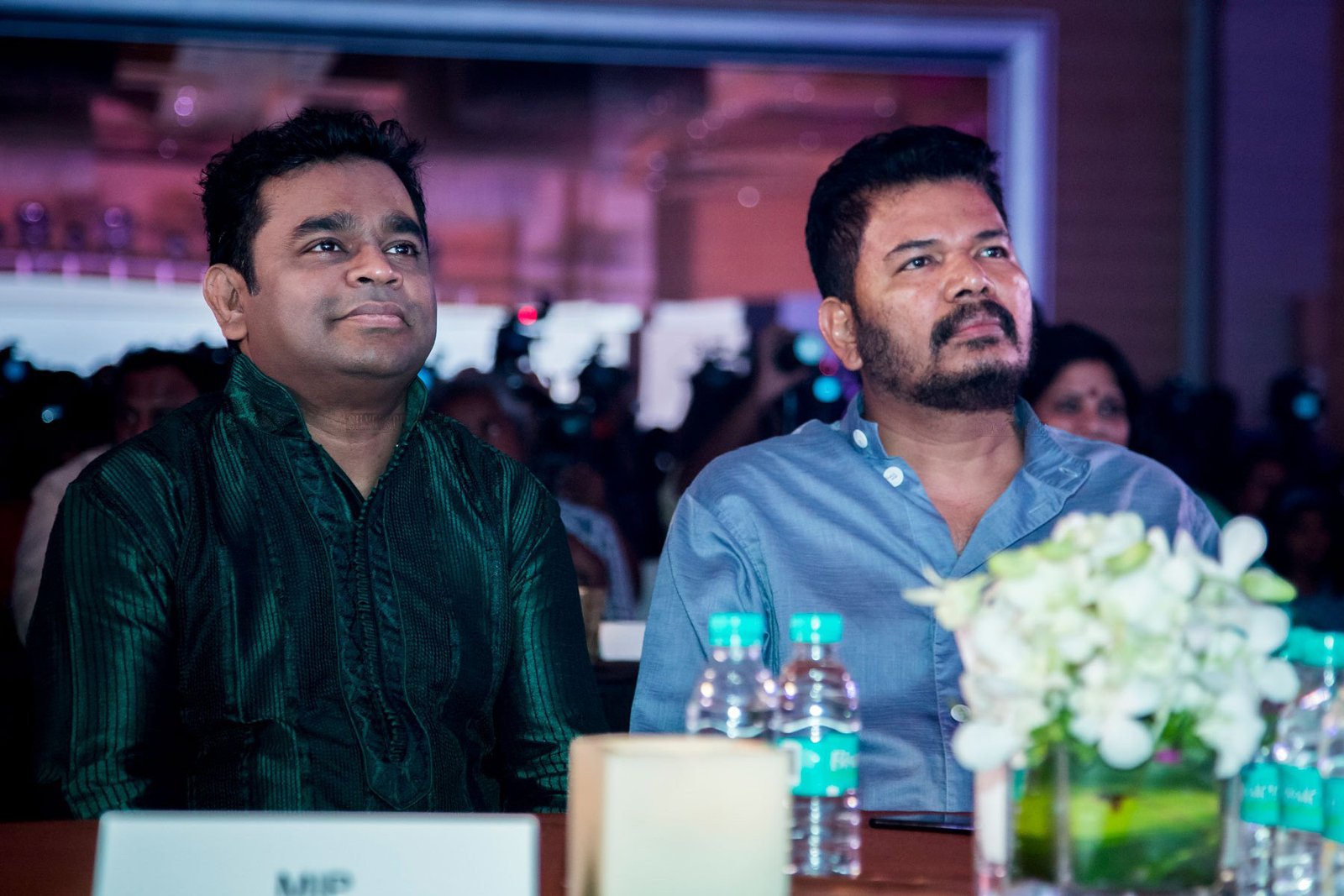
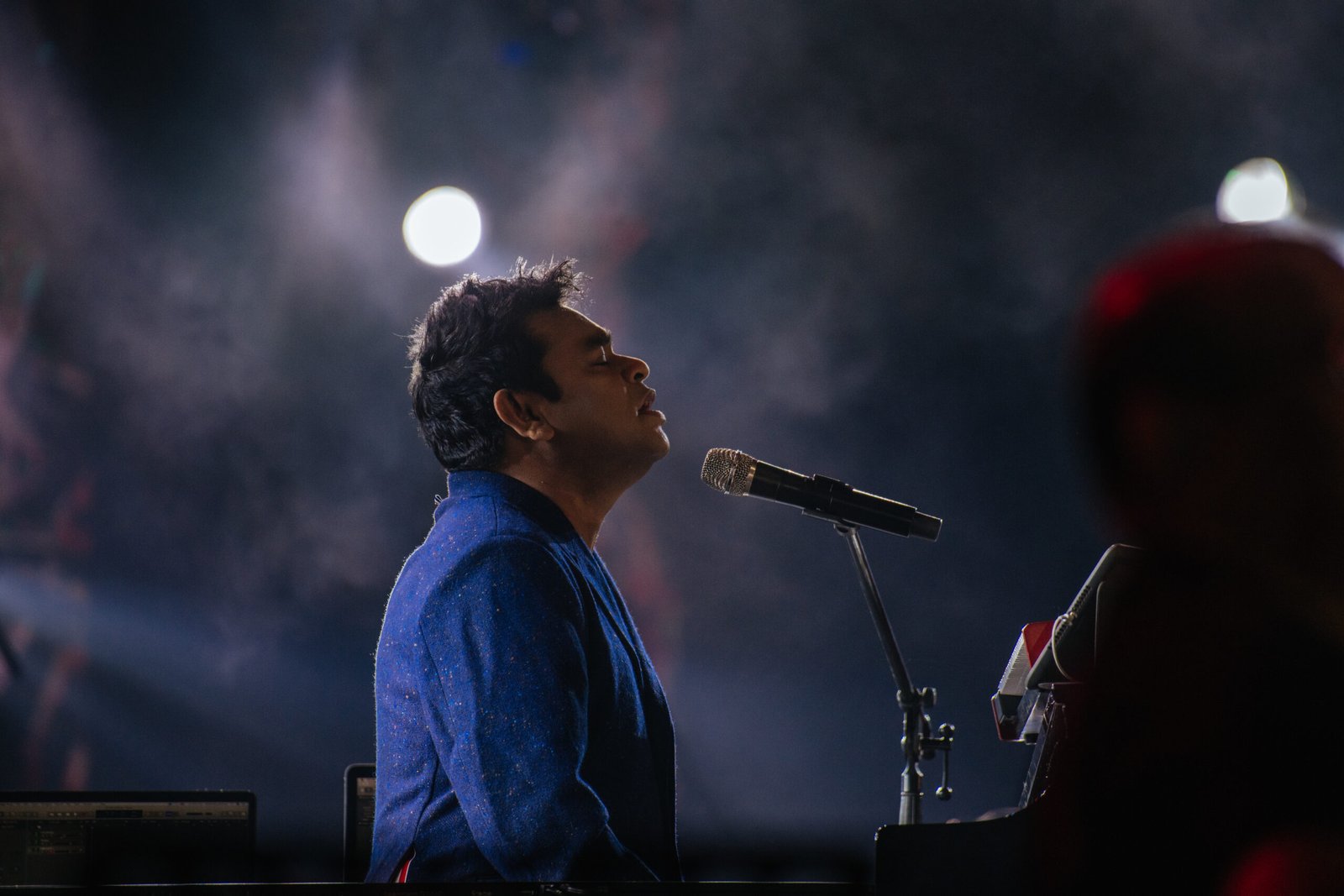
In retrospect, it has often been the case that his fans or Rahmaniacs, as they are called, were so obsessed with his very private personal life that tales were woven around it, or they divorced him from his humanity entirely to focus on his musical prowess alone. However, as is any good bildungsroman or even just a Bollywood hero arc – the human and the hero must meet and the stories must be told accordingly. The tale of how AS Dileep Kumar became Allah Rakha Rahman is rather riveting and very in keeping with how his life had begun and progressed. During the last days of his father’s end-stage cancer, a Sufi had begun visiting their family. His life intersected with this Sufi again more than half-a-decade later which is where his family found a new spiritual direction. His conversion to Islam when he was 23, specifically to the Sufi school, was not a political or a cultural statement, but rather a very personal calling that allowed him and his family to seek solace from a hard, weathered life. His spiritual inclination also seeped into his music with a few of his works paying direct homage to the songs of the dervishes – ‘Kun Faya Kun’ (2011) and ‘Khwaja Mere Khwaja’ (2008) leap to the mind.
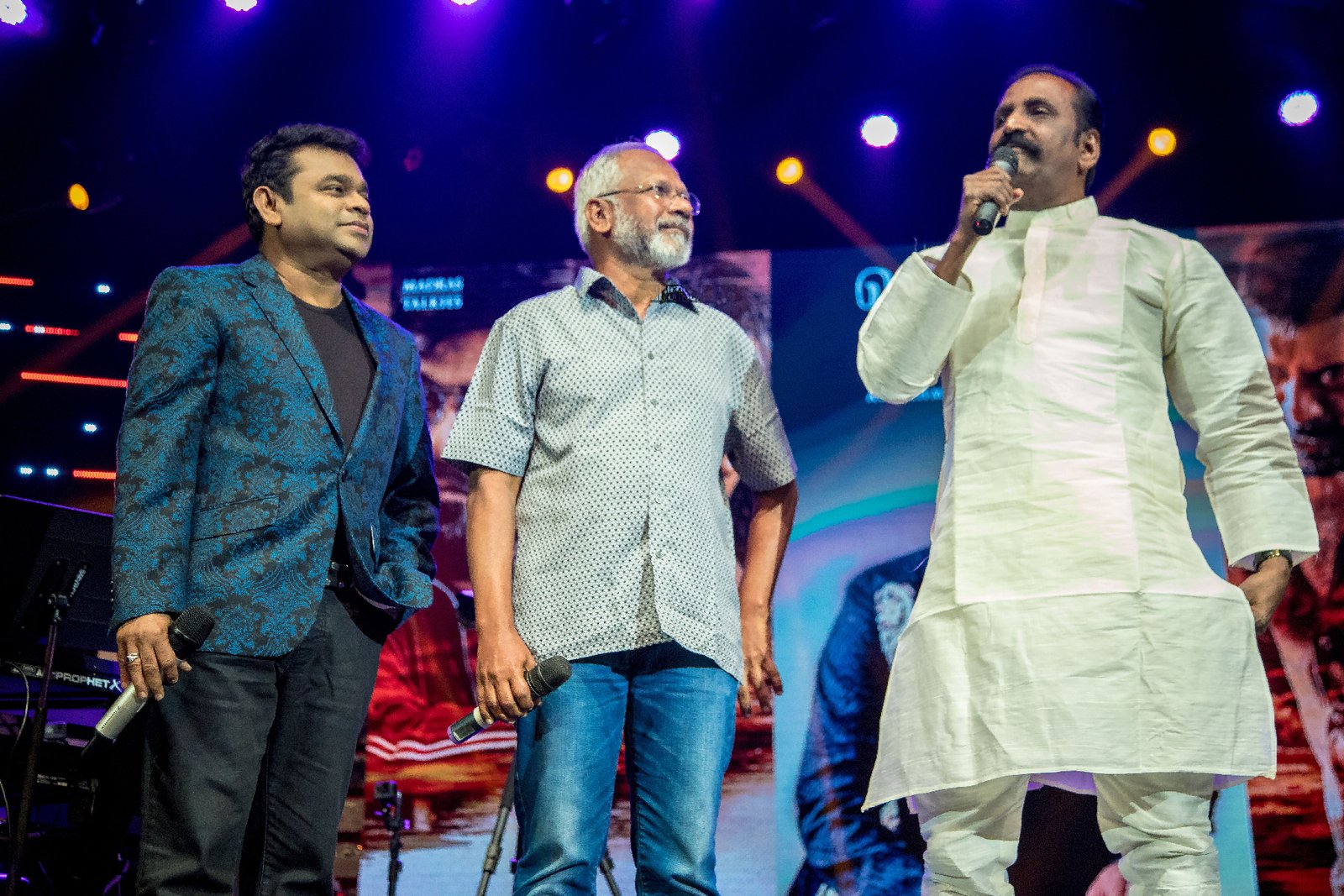
It was 2001, and Ashutosh Gowariker’s ‘Lagaan’ was making ripples in the industry. The soundtrack was scored by Rahman and brought richness and depth to the narrative, contributing to India’s entry to the Academy Awards. And for our hero, it meant an immediate nomination for the National Awards under two categories: Best Background Score and Best Score. The film’s success launched Rahman’s musical genius to the international stage, with a ‘Lagaan’ album that mixed Hindustani classical with elements of Indian folk to create that sentiment of periodicity. He also went on to work on more directorial projects of Gowariker like ‘Swades’ (2004) and ‘Jodhaa Akbar’ (2008), composing powerful and memorable melodies that often lay at the meeting point of original soundtrack (OST) and background music (BGM).
The Man & His Music
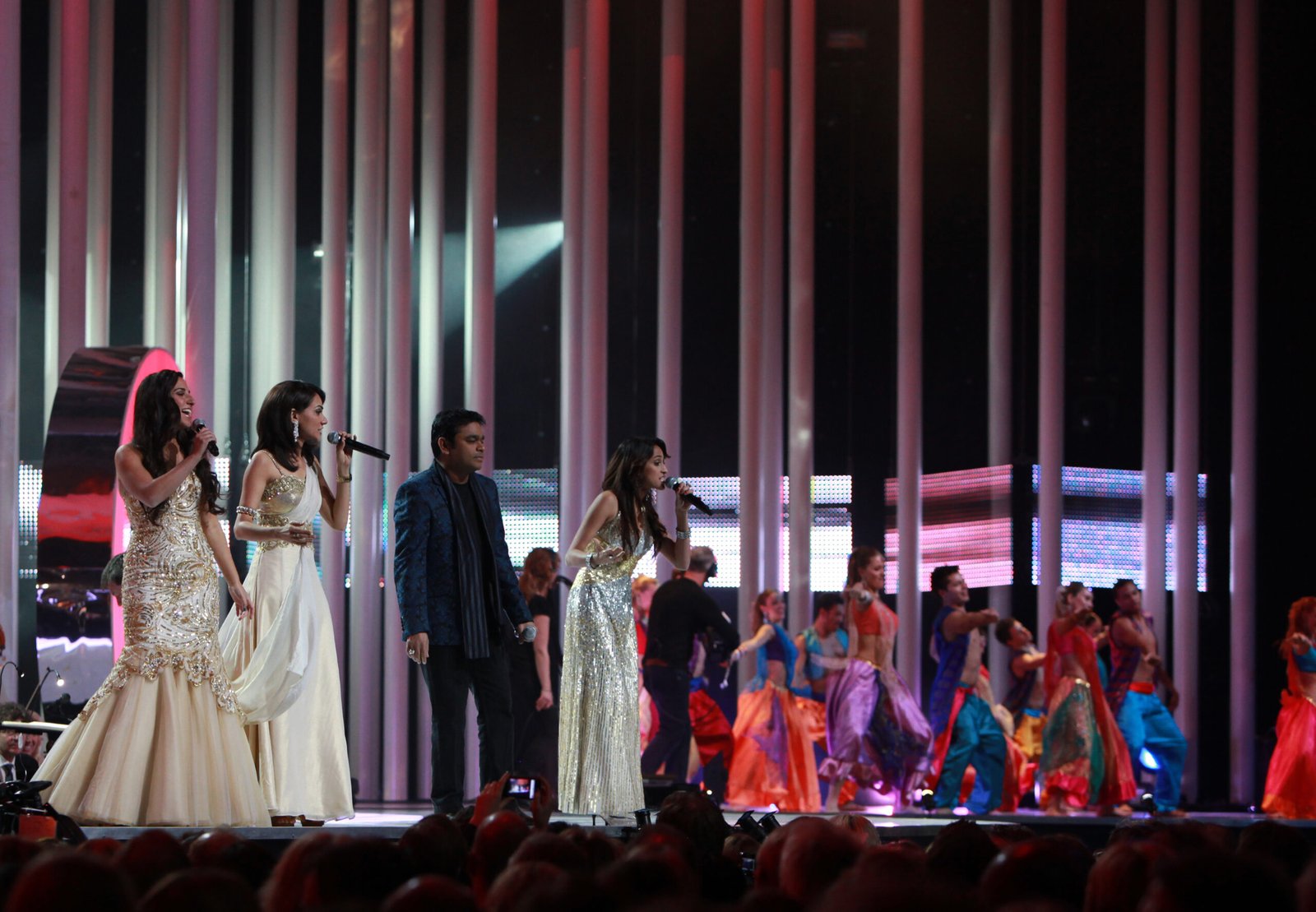
When looking at Rahman’s discography as a composer, musician, lyricist and sound engineer: We have a very long list to pick and choose from, with more than two dozen superhits selling more than 2.5 million in sales, each unit. His musical strength lies in his openness to experiment with not just music, but sound as a whole. In a brief look at ‘Lagaan’s’ ‘Ghanan Ghanan’ or ‘Megha’ as it was previously titled, the delirium of people on arid land waiting for rain as they look up at the black clouds rolling in is beautifully translated into music with the use of the sound of thunder rolling in used as bass-percussion set to a folksy-classical beat. His early work in the 1995 film ‘Bombay’ gave us the romantic anthem ‘Tu Hi Re’ that boasts a collaboration between vocal talents Hariharan and Kavita Krishnamurthy. But it is in his 1998 OST album from the film ‘Dil Se’ where we see his experimental gifts truly shine. ‘Jiya Jale’ was his first collaboration with the national talent Lata Mangeshkar, and what a collaboration it was. The entire album is suggestive of a medley of electronic synthesizer, orchestration, jungle beats, reggae, and a mix of Hindustani and Carnatic classical forms. The largesse with which Rahman utilised an orchestra while at the same time allowing for individual instrumental solos to come through was a genre-shifting change that set him apart from his Indian peers. However, even Rahman wasn’t impervious to criticism. In 2005, one of his releases from the film ‘Tehzeeb’ was largely ill received by the Rahmaniacs.The electro-pop beats of ‘I Wanna Be Free’ caused a wide uproar among the fanbase – fan written articles and online chat rooms dedicated to him asked: “What went wrong with Rahman?” When reviewing the song today, almost 20 years after the fact, you can see it is but an avant-garde experiment with elements taken from electronic music and Berlin’s techno music scene – maybe an experiment too forward for the fanbase at the time.
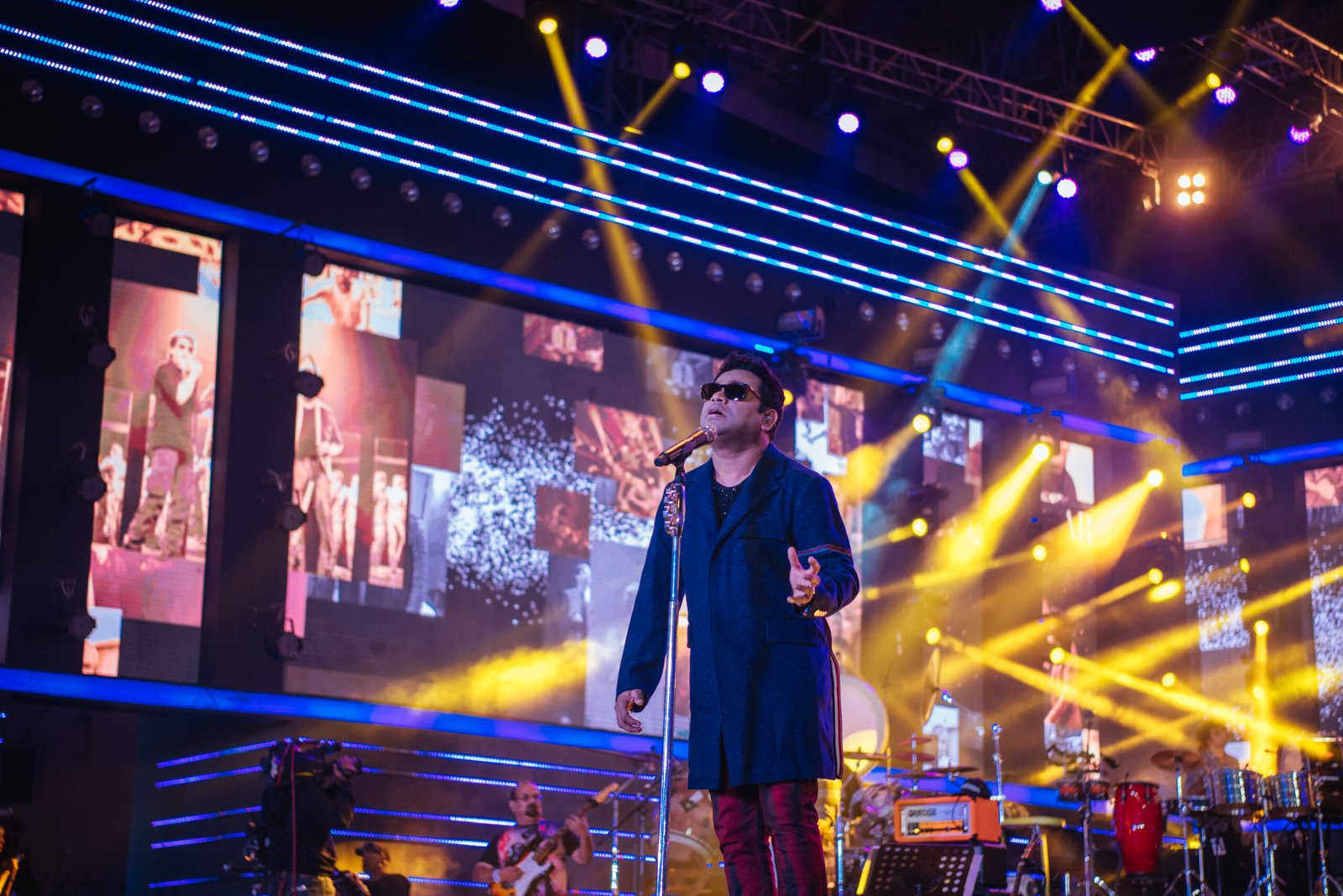
Going Global
But what of the global stage? Rahman’s talent deserved more than just the status of a national treasure. Sir Andrew Llyod Webber, the British composer, noticed some of Rahman’s work and he was asked to come compose for the British theatre stage. This culminated in a project in collaboration with lyricist Don Black which then became ‘Bombay Dreams’ (2002), a satire about Bollywood as a film industry set on the London stage. The word of Rahman’s talent had already reached the Indian population in the UK and the show did well at West End. The Broadway release in 2004 was another story, as the satire was lost on the American audience of the time and the setting was perceived as too spicy. The show shut only a few months after opening. But ‘Bombay Dreams’ was Rahman’s entry into the cultural consciousness of the Western audience. His previous hit ‘Chaiyya Chaiyya’ was also in the musical and became a hit in the UK and the US. For many years, when the West thought ‘Bollywood’, it was the feet-stomping melodic refrain from Rahman’s creation that came to their mind. However, Rahman’s true debut in the West, despite his many stage projects after ‘Bombay Dreams’, was Danny Boyle’s 2008 ‘Slumdog Millionaire’.
The Maestro’s Magic Continues…
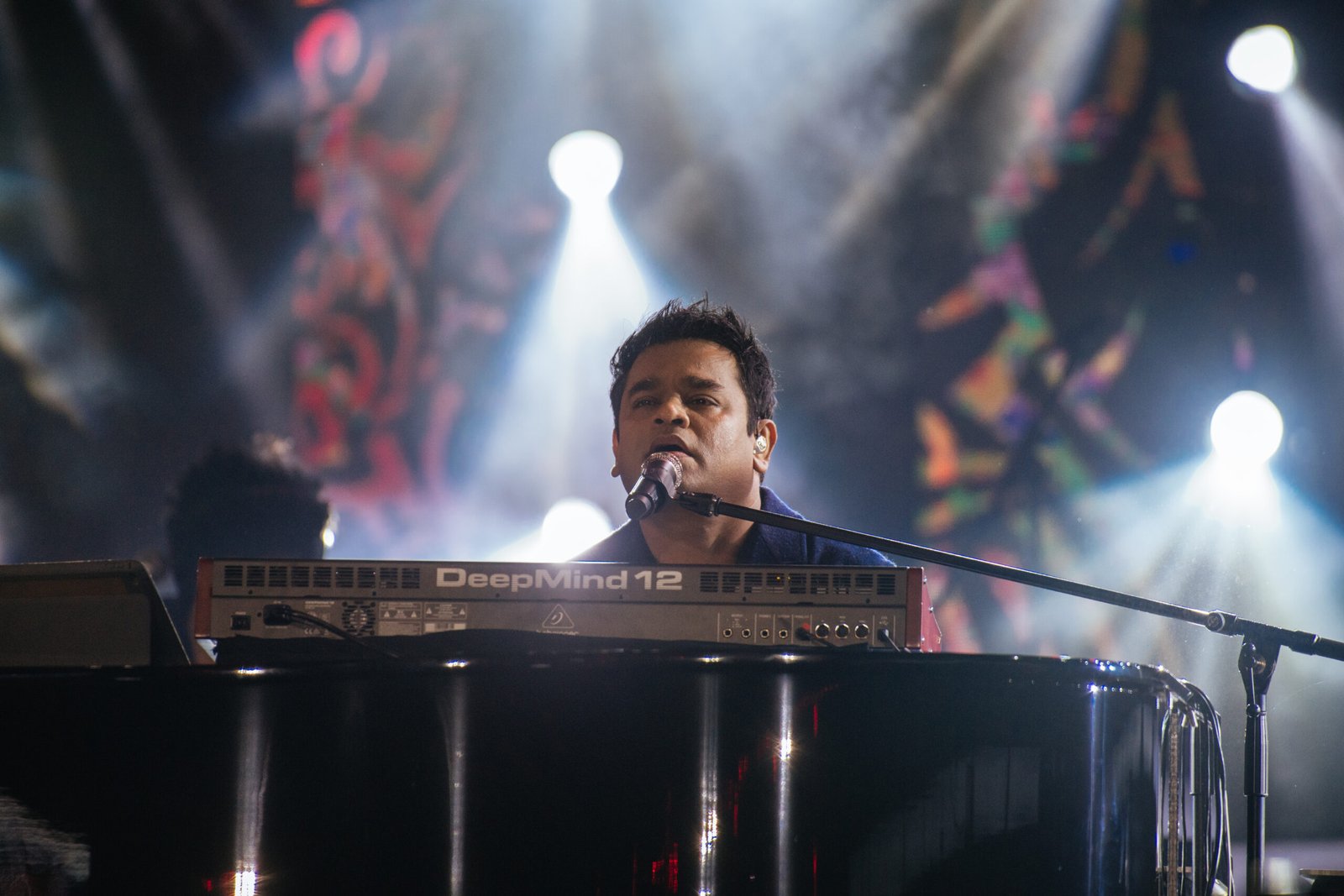
Today, the 57-year-old AR Rahman has three grown children with his wife Saira Banu, and has been the recipient of six National Film Awards, two Academy Awards, two Grammy Awards, a BAFTA Award, a Golden Globe Award, and many more. As a musician, he has not stopped growing. In his recent musical foray for ‘Lal Salaam’ (2024), he utilised AI to recreate the voices of the late Shahul Hameed and Bamba Bakya, fuelling controversy about technology and music. But true to his character, Rahman remains unfazed and excited to keep creating music in tandem with existing technologies and not as a rebellion against it. Truly, the ‘Mozart of Madras’ – his contribution to Indian music remains unparalleled. Standing at par with global musical talents like McCartney and Gilmour, he will go down in history as a maestro who rode spectacularly on the shifting tides of music and in his own way, changed it too.
